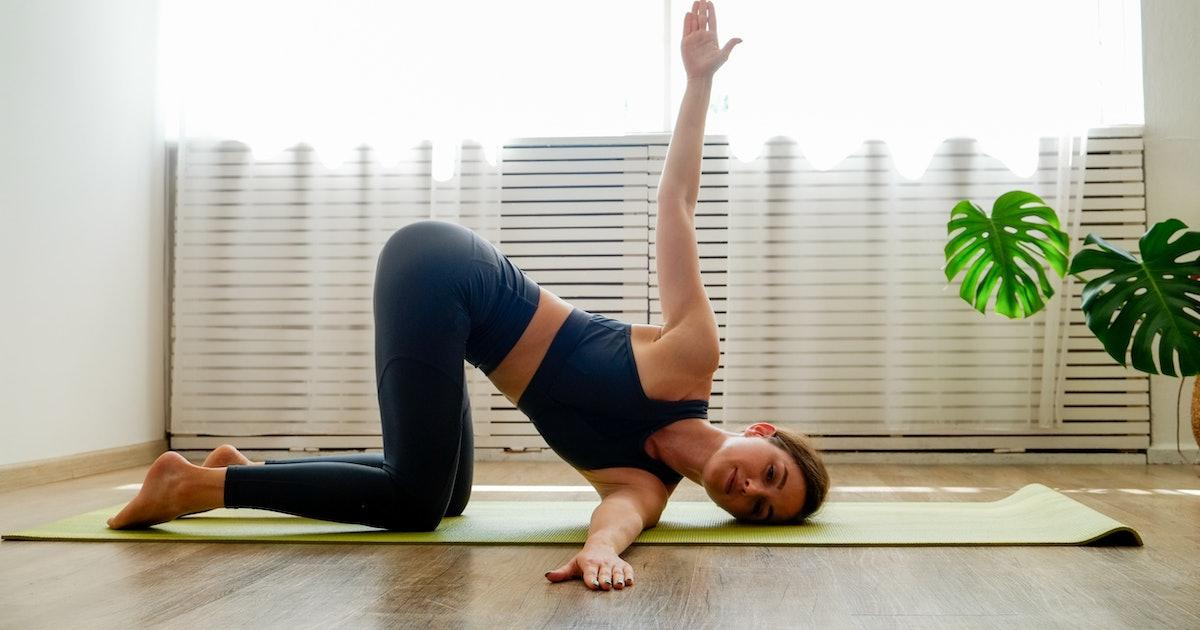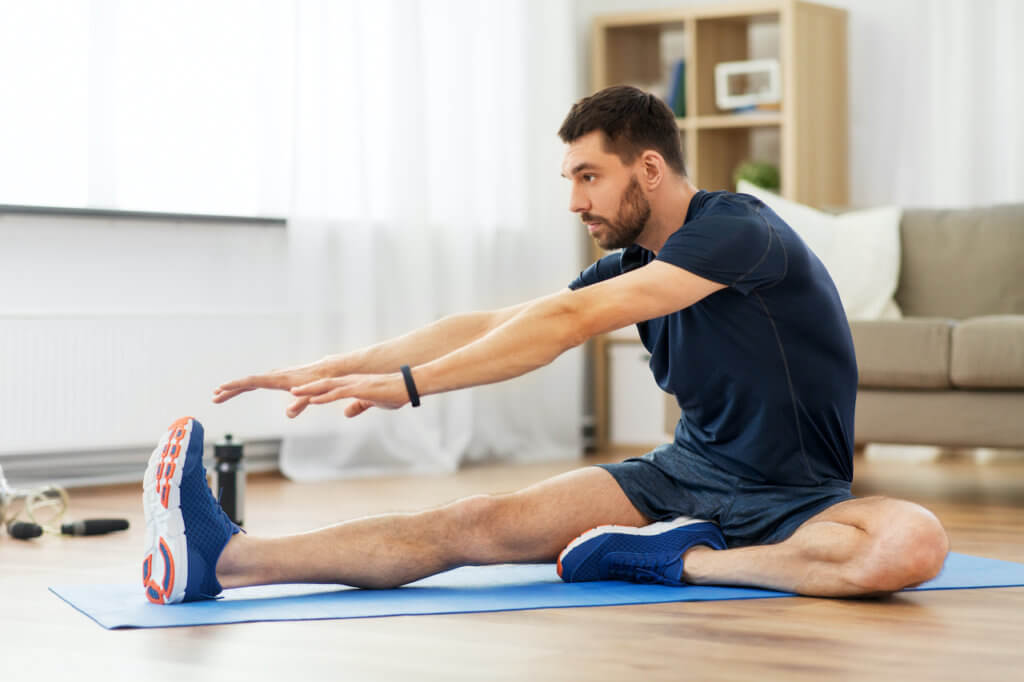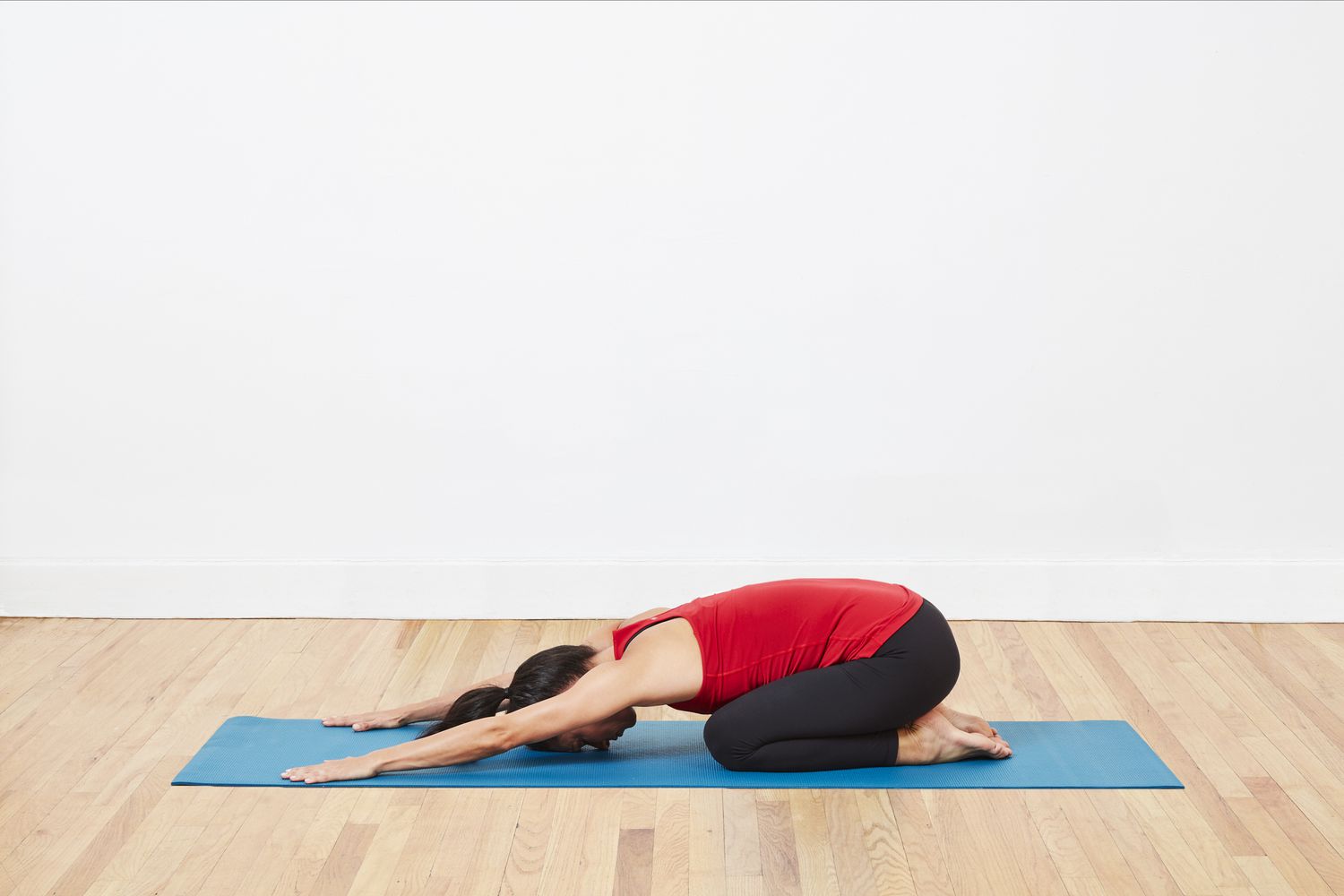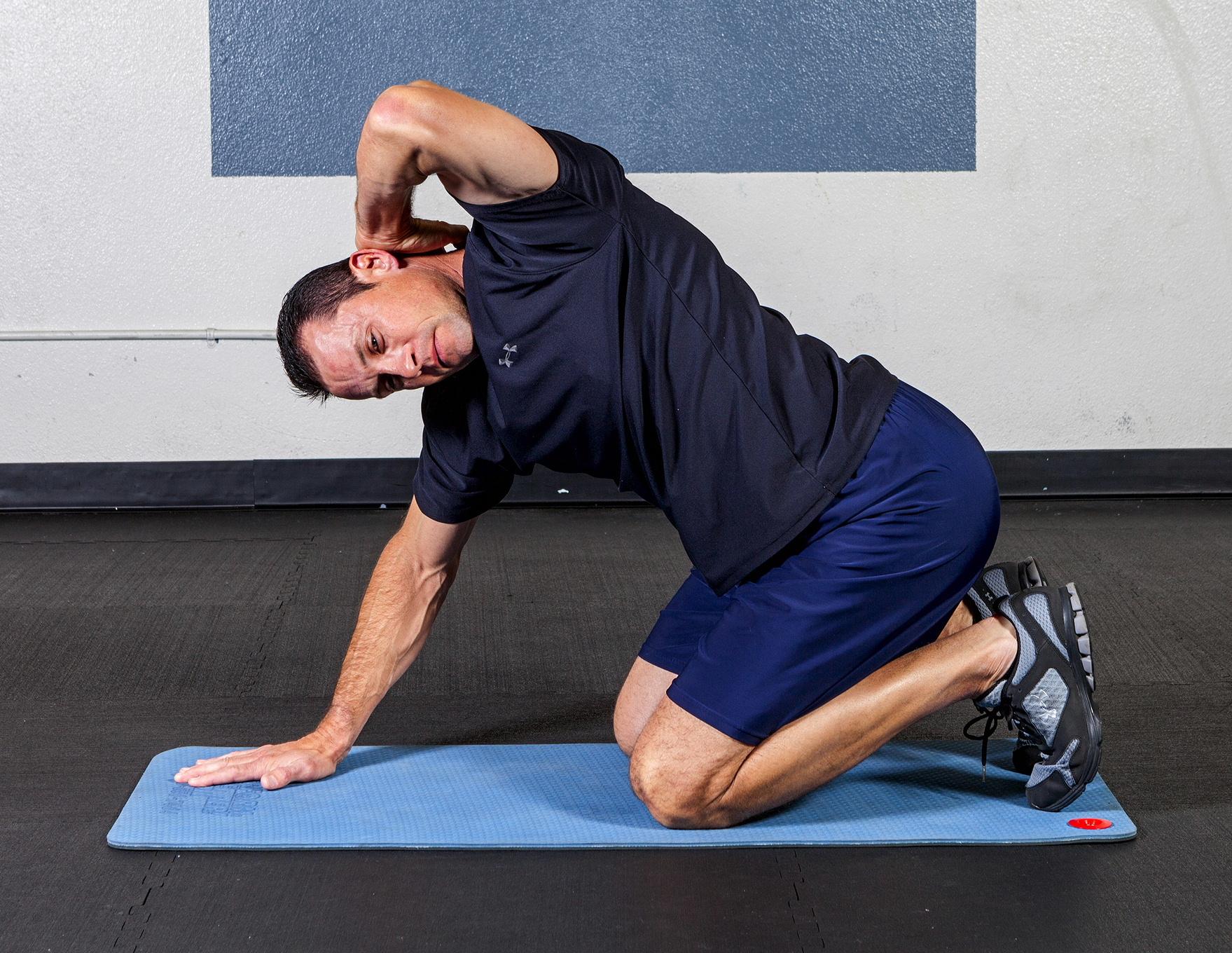As a physical therapist, I understand the importance of maintaining a healthy spine. The middle back, also known as the thoracic spine, plays a crucial role in supporting the upper body and facilitating movement. Unfortunately, many people neglect this area, leading to poor posture, stiffness, and discomfort. In this article, I will share with you the five middle back stretches that I recommend incorporating into your daily routine for a healthy spine. These stretches will help improve flexibility, alleviate tension, and promote optimal spine health. Let’s dive in.
1. Importance of Middle Back Stretches

Regular stretching of the middle back stretches is essential for maintaining a healthy spine. It helps increase flexibility, release tension, and improve posture. By incorporating these stretches into your daily routine, you can prevent and alleviate middle back pain, reduce the risk of injuries, and enhance overall spine health. Yoga Strap A yoga strap can help you achieve deeper stretches and better alignment during your middle back stretching exercises.
2. Precautions Before Starting the Middle Back Stretches

Before beginning any stretching routine, it’s crucial to keep a few precautions in mind to ensure safety and effectiveness. Foam Roller Using a foam roller can target specific areas of tension in your middle back and provide myofascial release for increased relaxation.
Warm-up: Perform a brief warm-up before stretching to increase blood flow to the muscles and prepare them for movement.
Listen to your body: Pay attention to how your body feels during the middle back stretches. Discontinue any exercise that causes pain or discomfort.
Gradual progression: Start with gentle middle back stretches and gradually increase the intensity and duration over time.
Consult a professional: If you have any underlying medical conditions or injuries, consult with a physical therapist or healthcare provider before starting a stretching routine.
3. Child’s Pose: Middle Back Stretches

The Child’s Pose is a relaxing stretch that targets the muscles in the middle back, shoulders, and hips. To perform this stretch. Back Stretching Device This device is designed to help you gently stretch and elongate your spine, promoting better flexibility and easing back discomfort.
Start on your hands and knees, with your knees slightly wider than hip-width apart.
Sit back on your heels while keeping your arms extended in front of you.
Lower your torso towards the floor, bringing your forehead to the mat or as close to the ground as comfortable.
Allow your chest to sink between your thighs, feeling a gentle middle back stretches in your middle back.
Hold the position for 30 seconds to 1 minute while focusing on deep breathing.
Slowly come out of the pose by walking your hands back towards your body and returning to the starting position.
This middle back stretch helps relieve tension in the middle back, promotes relaxation, and improves flexibility.
4. Cat-Cow Stretch

The Cat-Cow stretch is a dynamic movement that targets the entire spine, including the middle back. To perform these middle back stretches. Ergonomic Chair Investing in an ergonomic chair with lumbar support can greatly improve your posture while sitting, reducing strain on your middle back throughout the day.
Start on your hands and knees, aligning your wrists under your shoulders and your knees under your hips.
Inhale deeply, arching your back and lifting your chest towards the ceiling. This is the Cow position.
Exhale slowly, rounding your spine and drawing your belly button towards your spine. This is the Cat position.
Flow smoothly between the Cow and Cat positions, coordinating the movement with your breath.
Repeat this sequence for 10-15 repetitions, focusing on the fluidity of the movement and the stretch in your middle back.
The Cat-Cow stretch improves spinal mobility, releases tension, and promotes a healthy range of motion in the middle back.
5. Thoracic Spine Rotation

The Thoracic Spine Rotation middle back stretches target the rotational mobility of the middle back. To perform this stretch. Heating Pad Applying a heating pad to your middle back before stretching can help warm up the muscles, making them more pliable and receptive to the stretches.
Sit on the edge of a chair with your feet flat on the floor.
Place your hands behind your head, interlacing your fingers.
Slowly rotate your upper body to the right, leading with your elbow. Keep your lower body stable and your gaze forward.
Hold the stretch for 15-30 seconds, feeling a gentle twist in your middle back.
Return to the starting position and repeat the middle back stretches on the opposite side.
Perform 2-3 sets on each side, gradually increasing the duration of the stretch.
This stretch enhances rotational mobility in the middle back, reduces stiffness, and improves posture.
6. Upper Back Extension
The Upper Back Extension middle back stretches target the muscles in the upper back and middle back region. To perform this stretch:
Stand with your feet shoulder-width apart and your hands resting on your lower back, fingers pointing downward.
Inhale deeply and gently arch your upper back, leaning your head back slightly.
Hold the middle back stretches for 15-30 seconds while maintaining a relaxed breathing pattern.
Exhale and return to the starting position.
Repeat the stretch for 2-3 sets, focusing on the extension in your upper and middle back.
This middle back stretches helps counteract the forward hunching posture, improves thoracic extension, and promote better alignment of the spine.
7. Thread the Needle
The Thread the Needle middle back stretches target the muscles along the spine and shoulders, including the middle back. To perform this stretch:
Start on your hands and knees, aligning your wrists under your shoulders and your knees under your hips.
Reach your right arm under your left arm, threading it through the space between your left arm and left knee.
Lower your right shoulder and cheek to the mat, feeling a gentle middle back stretches in your middle back and shoulder blade area.
Hold the stretch for 30 seconds to 1 minute, focusing on deep breathing.
Slowly release the stretch and return to the starting position.
Repeat the stretch on the opposite side, threading your left arm under your right arm.
The Thread the Needle middle back stretches improve mobility in the middle back releases tension, and enhance overall spine flexibility.
Conclusion
Incorporating these five middle back stretches into your daily routine can significantly contribute to a healthy spine. Remember to warm up, listen to your body, and gradually increase the intensity and duration of the stretches over time. By prioritizing spine health through regular stretching, you can improve flexibility, alleviate tension, and promote optimal middle back stretches. Take care of your spine, and it will take care of you!
Frequently Asked Questions (FAQs):
How often should I perform these stretches?
It’s recommended to perform these stretches at least once a day to reap their benefits fully. However, listen to your body and adjust the frequency according to your comfort and needs.
Can these stretches help with middle back pain?
Yes, these stretches can help alleviate middle back pain by improving flexibility, releasing tension, and promoting better posture and alignment.
Are there any alternatives to these stretches?
While these stretches are highly effective, it’s always good to consult with a physical therapist or healthcare provider to explore alternative stretches that may better suit your specific needs.
Can I perform these middle back stretches if I have a pre-existing back condition?
If you have a pre-existing back condition or any concerns, it’s crucial to consult with a physical therapist or healthcare provider before attempting these stretches to ensure they are safe for your condition.
How long should I hold each stretch?
It’s generally recommended to hold each stretch for 15-30 seconds, gradually increasing the duration as your flexibility improves.
Can I combine these middle back stretches with other exercises or activities?
Absolutely! These stretches can be combined with other exercises or activities as part of a comprehensive fitness routine. However, it’s essential to maintain proper form and listen to your body’s limits.




